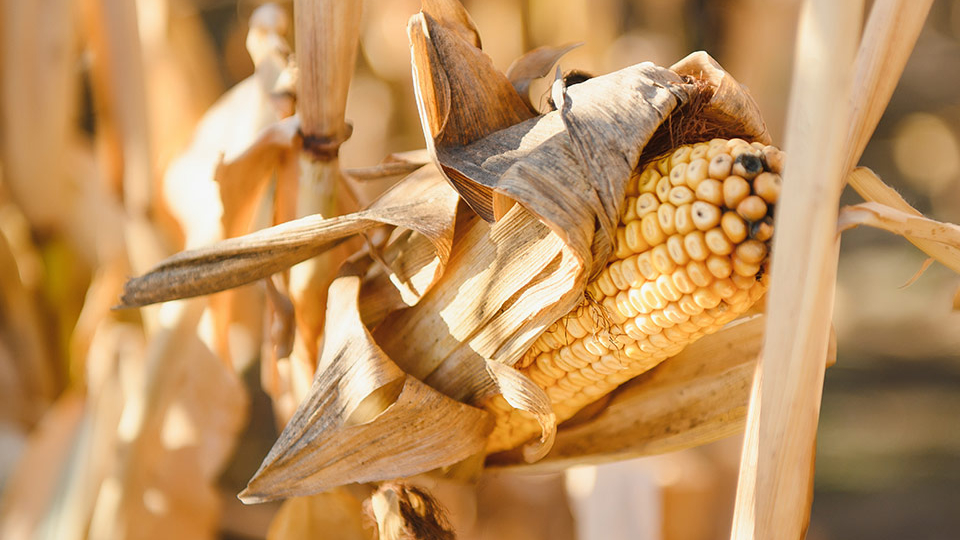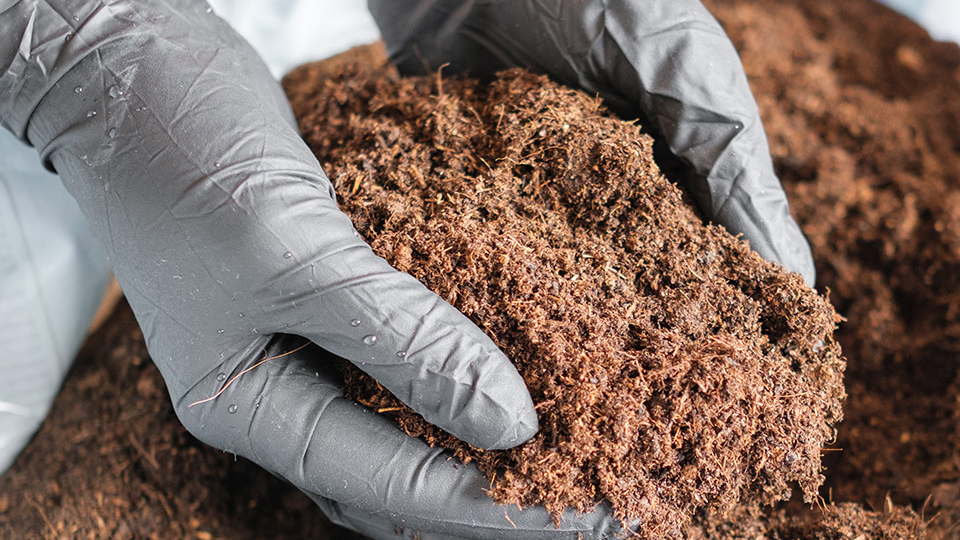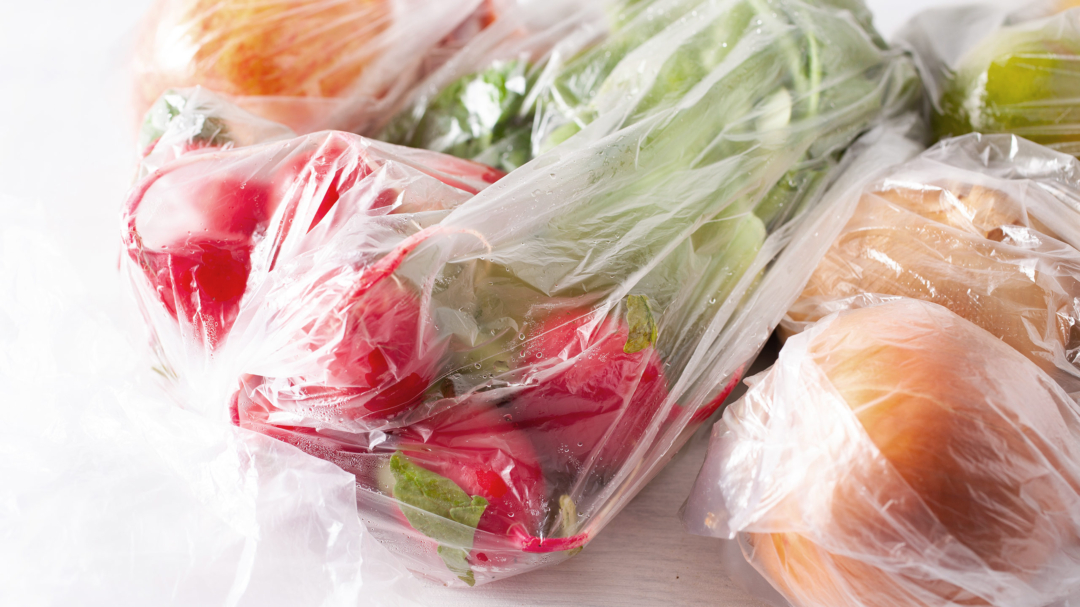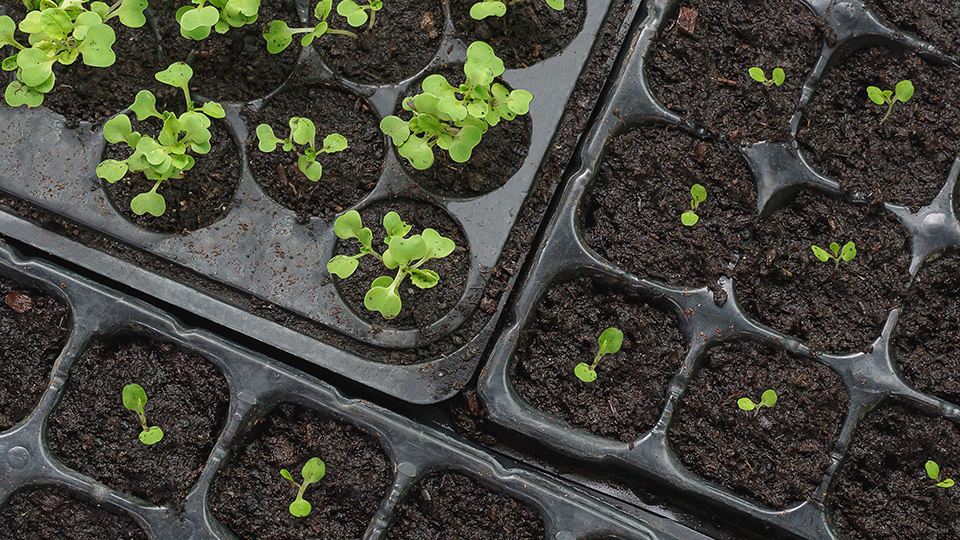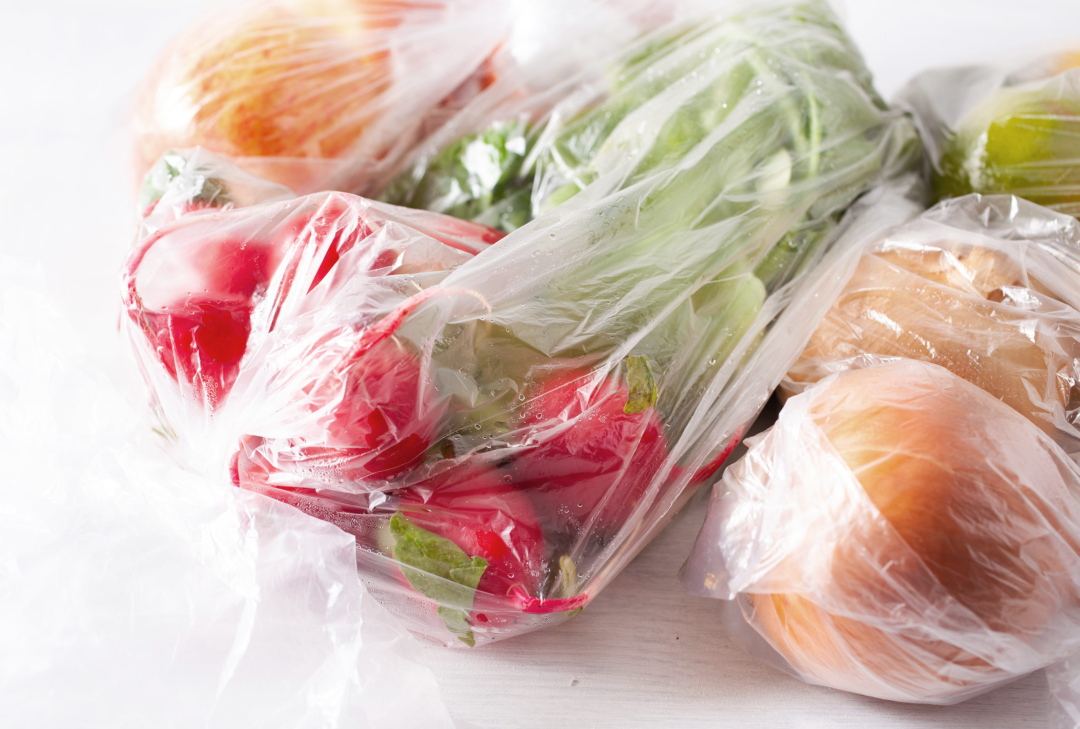What Are Bioplastics?
- Home
- Archive by Category "Articles_BioP"
Articles_BioP
Bioplastics encompass a diverse family of materials derived from renewable biological sources, such as plant starches, vegetable fats, corn, sugarcane, and algae. Unlike conventional plastics made from fossil fuels, bioplastics aim to reduce dependence on non-renewable resources and minimize environmental impacts. Bioplastics are broadly classified into three categories – bio-based, non-biodegradable plastics; bio-based, biodegradable plastics; and fossil-based, biodegradable plastics.

Bio-Based, Non-Biodegradable Plastics
These plastics are made entirely or partially from renewable resources but are not biodegradable. Examples include bio-based polyethylene (Bio-PE) and bio-based polyethylene terephthalate (Bio-PET), which have identical chemical structures to their fossil-based counterparts and can be recycled in established systems.
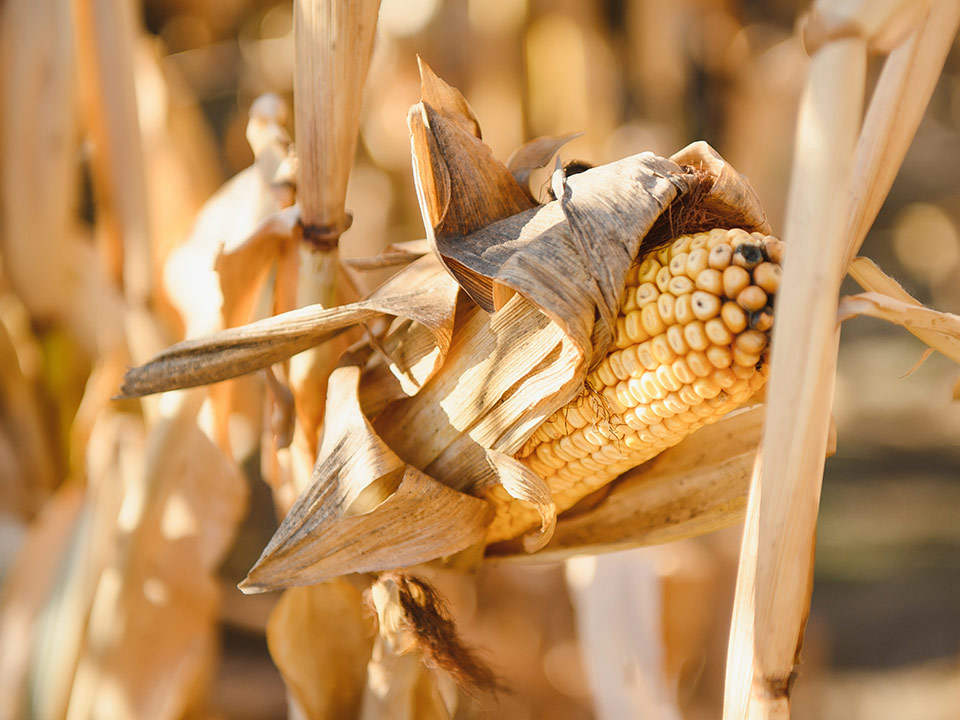
Bio-Based, Biodegradable Plastics
These materials are derived from renewable resources such as corn starch, sugarcane, cellulose, and vegetable oils and can decompose under specific environmental conditions. They often require industrial composting facilities for proper breakdown. Examples include polylactic acid (PLA), used in packaging and disposable tableware, and starch-based blends commonly used in food packaging, agricultural films, and compostable bags.
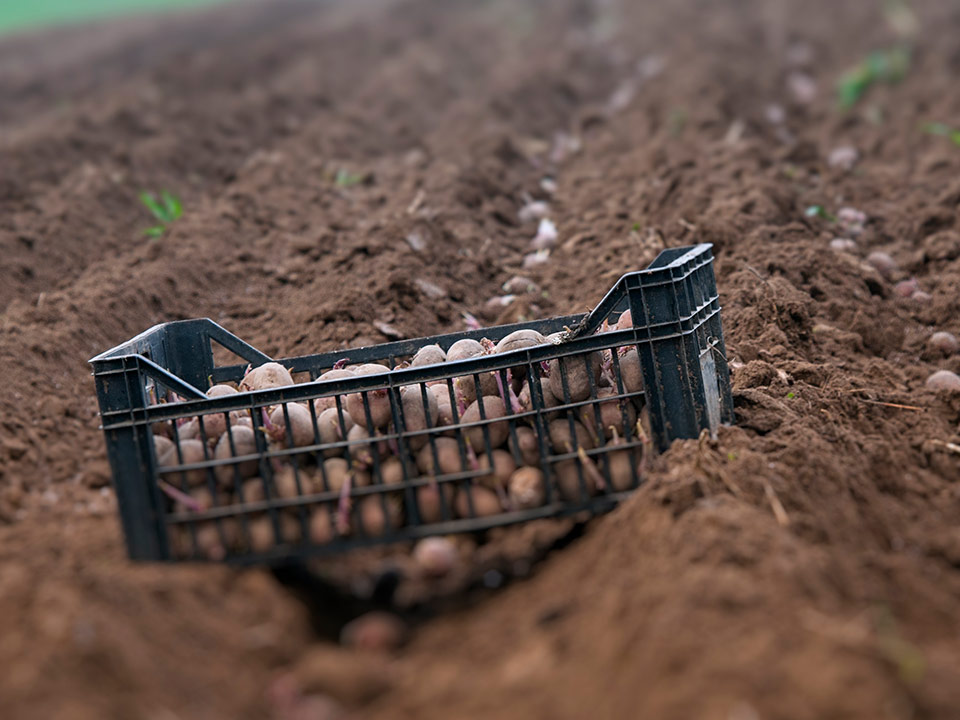
Fossil-Based, Biodegradable Plastics
These plastics are synthesized from petroleum-based resources but are designed to break down under specific composting conditions. While they do not reduce fossil fuel dependence, they ensure faster degradation compared to traditional plastics when exposed to industrial composting environments. Polybutylene Adipate Terephthalate (PBAT) is one such composite, used in biodegradable films, agricultural mulch, and compostable packaging.
Bioplastics are used in various applications, including packaging, agriculture, medical devices, and consumer goods. While bioplastics still face challenges in production costs, material performance, and waste management, continued advancements in technology and infrastructure are driving their adoption across industries.
What Are Bioplastics?
Bioplastics, made from renewable sources like plants and algae, serve as sustainable alternatives to conventional…
Bio-Based vs. Biodegradable
Bio-based and biodegradable plastics differ in source and breakdown process, playing distinct roles in sustainability…
Bioplastics in Packaging
Bioplastics in packaging offer sustainable solutions for eco-friendly consumer goods, reducing environmental impact…
Circular Economy and Bioplastics
Circular economy and bioplastics emphasize integrating composting and recycling systems, enhancing sustainability, and…
Circular Economy and Bioplastics
- Home
- Archive by Category "Articles_BioP"
Articles_BioP
A circular economy minimizes waste by keeping materials in use through recycling, reusing, and composting, replacing the traditional "take, make, dispose" model. Bioplastics support this system by integrating into composting and recycling, reducing reliance on fossil-based plastics. However, effective waste management infrastructure and policies are crucial for maximizing their benefits.
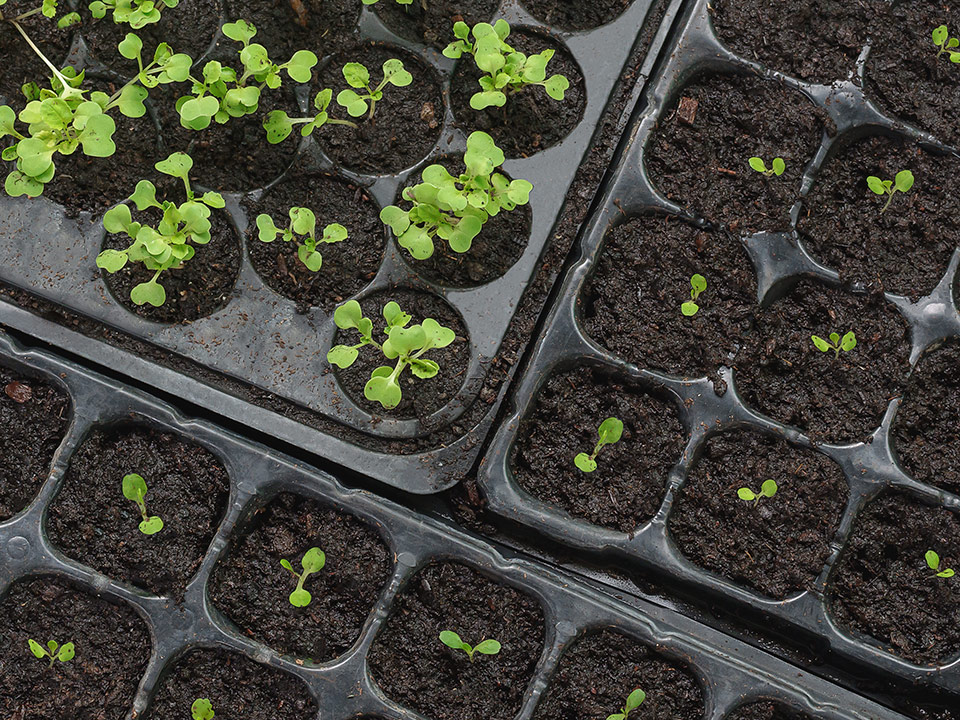
Composting Bioplastics
Composting is a natural process where biodegradable bioplastics break down into organic matter, reducing landfill waste and supporting soil health.
Industrial Composting – Biodegradable bioplastics like PLA and PHA decompose under controlled temperatures and microbial conditions, producing nutrient-rich compost.
Home Composting – Some bioplastics break down in lower temperatures in backyards, though decomposition takes longer and depends on environmental conditions.
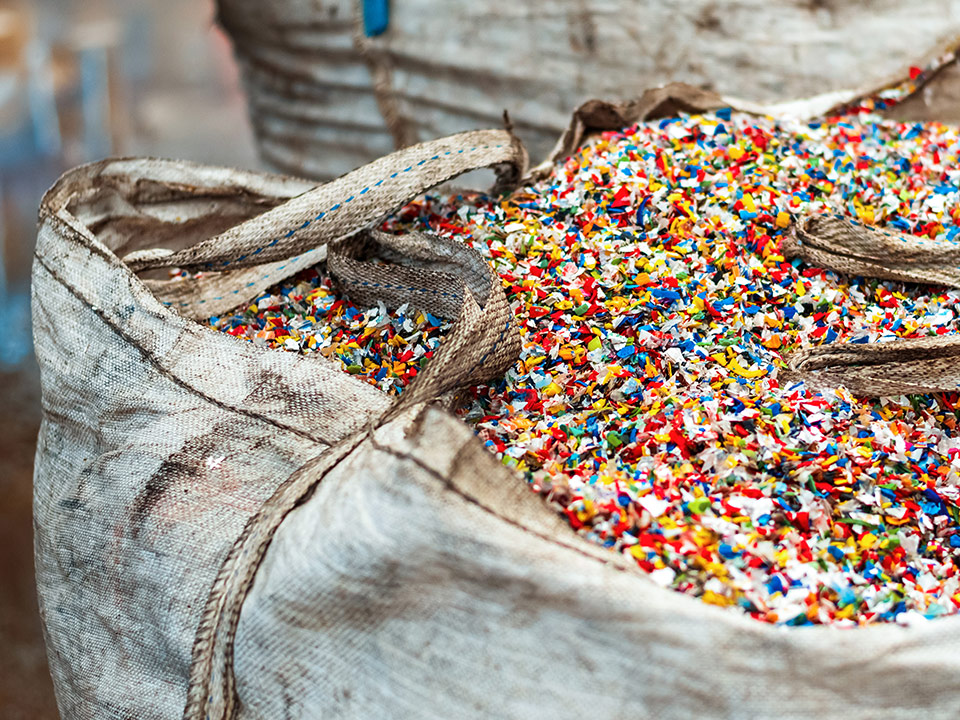
Recycling Bioplastics
Some bio-based plastics are recyclable rather than compostable, requiring proper sorting to avoid contamination.
Mechanical Recycling – Non-biodegradable bio-based plastics like Bio-PE and Bio-PET can be processed in existing recycling streams alongside conventional plastics.
Chemical Recycling – Advanced methods break bioplastics into basic building blocks, allowing the creation of new high-quality plastics, and reducing fossil-based material use.
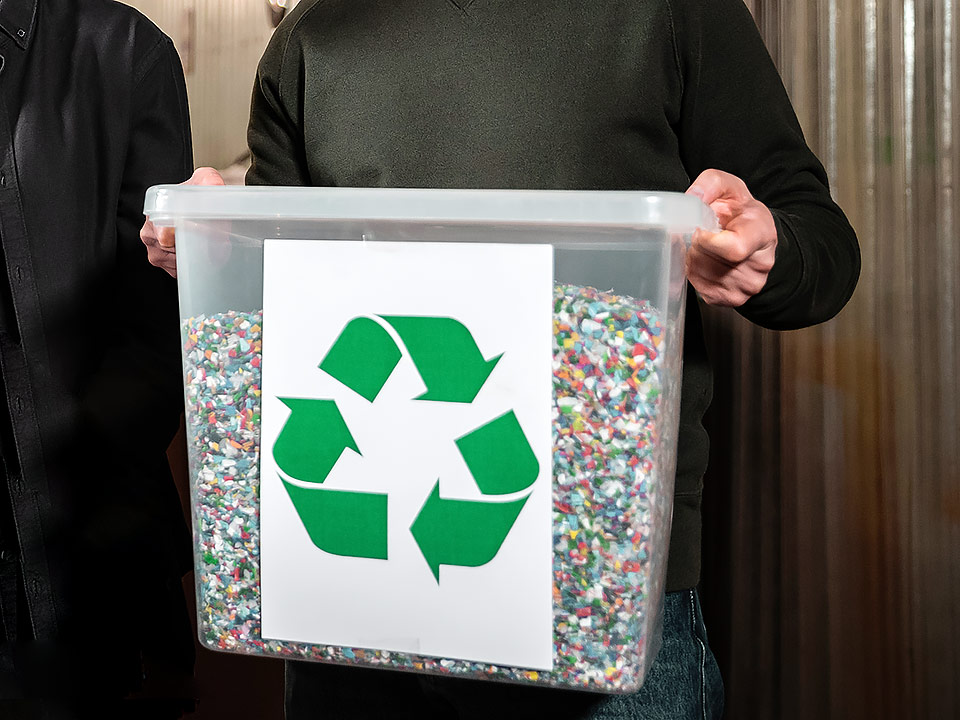
Strategy-Driven Circular Economy
Government strategies, incentives and regulations improve waste management systems and promote bioplastic adoption.
Infrastructure Development – Expand existing composting and recycling facilities to accommodate bioplastics, and introduce specialized plants for biodegradable bioplastics.
Consumer Education & Labeling – Introduce and spread awareness about clear labeling that ensures proper disposal and reduces contamination.
By integrating composting and recycling, bioplastics contribute to a sustainable, closed-loop economy, minimizing waste and conserving resources. However, advancing infrastructure, policy, and consumer awareness is essential to fully realize their potential.
What Are Bioplastics?
Bioplastics, made from renewable sources like plants and algae, serve as sustainable alternatives to conventional…
Bio-Based vs. Biodegradable
Bio-based and biodegradable plastics differ in source and breakdown process, playing distinct roles in sustainability…
Bioplastics in Packaging
Bioplastics in packaging offer sustainable solutions for eco-friendly consumer goods, reducing environmental impact…
Circular Economy and Bioplastics
Circular economy and bioplastics emphasize integrating composting and recycling systems, enhancing sustainability, and…
Bioplastics in Packaging
- Home
- Archive by Category "Articles_BioP"
Articles_BioP
The packaging industry is a major contributor to plastic waste, making it a key target for sustainable innovation. Conventional plastics from fossil fuels cause long-term pollution, while bioplastics, derived from renewable sources, offer an eco-friendly alternative by reducing reliance on non-renewable materials – Some of the biggest uses of bioplastics include packaging like biodegradable food and beverage containers for single-use items, flexible films for wrapping and preserving products, compostable shopping bags as eco-friendly alternatives, and disposable tableware like plates, cups, and cutlery.
Advantages of Bioplastics
Renewable Resources – Bioplastics are made from corn starch, sugarcane, cassava, and other plants, making them a more sustainable alternative.
Lower Carbon Footprint – Compared to petroleum-based plastics, bioplastics can reduce greenhouse gas emissions during production.
Biodegradability – Some bioplastics decompose naturally in industrial composting conditions, reducing landfill waste.
Obstacles to Bioplastic Adoption
Higher Cost – Production costs for bioplastics remain higher than conventional plastics, limiting mass adoption.
Material Performance – Some bioplastics lack heat resistance, durability, or barrier properties, making them unsuitable for certain packaging needs.
Limited Infrastructure – Composting and recycling facilities are not widely available, leading to mismanagement of bioplastic waste.
Future of Bioplastics
Innovation in Material Science – Ongoing research is crucial to enhance mechanical properties and improve scalability.
Consumer Education – Clear labeling and disposal guidelines can prevent bioplastics from ending up in the wrong waste streams.
Industry Collaboration – Governments, businesses, and NGOs must work together to expand composting infrastructure and regulate bioplastic use effectively.

With a growing demand for eco-friendly consumer goods, bioplastics in packaging offer a promising solution to reduce environmental impact. However, continued innovation, policy support, and consumer awareness are essential to ensuring sustainable, long-term adoption.
What Are Bioplastics?
Bioplastics, made from renewable sources like plants and algae, serve as sustainable alternatives to conventional…
Bio-Based vs. Biodegradable
Bio-based and biodegradable plastics differ in source and breakdown process, playing distinct roles in sustainability…
Bioplastics in Packaging
Bioplastics in packaging offer sustainable solutions for eco-friendly consumer goods, reducing environmental impact…
Circular Economy and Bioplastics
Circular economy and bioplastics emphasize integrating composting and recycling systems, enhancing sustainability, and…
Bio-Based vs. Biodegradable
- Home
- Archive by Category "Articles_BioP"
Articles_BioP
In discussions about sustainable materials, the terms "bio-based" and "biodegradable" plastics are often used interchangeably. While both contribute to reducing plastic pollution, they serve different functions in sustainability efforts. Bio-based plastics focus on reducing fossil fuel dependence, whereas biodegradable plastics prioritize end-of-life disposal and decomposition. Understanding these differences is essential for making informed choices in packaging and product design.

Bio-Based Plastics
Derived from renewable sources like corn and sugarcane, bio-based plastics reduce reliance on fossil fuels and lower greenhouse gas emissions. However, they are not necessarily biodegradable. Examples include bio-based polyethylene and PET, which retain conventional plastic properties and can be recycled in existing systems.

Biodegradable Plastics
Biodegradable plastics break down into natural elements under controlled conditions, influenced by factors such as temperature, moisture, and microbial activity. They can be derived from renewable sources, like PLA, or fossil-based materials, like PBAT. Unlike recyclable plastics, they are specifically designed for composting, requiring proper infrastructure to degrade effectively.
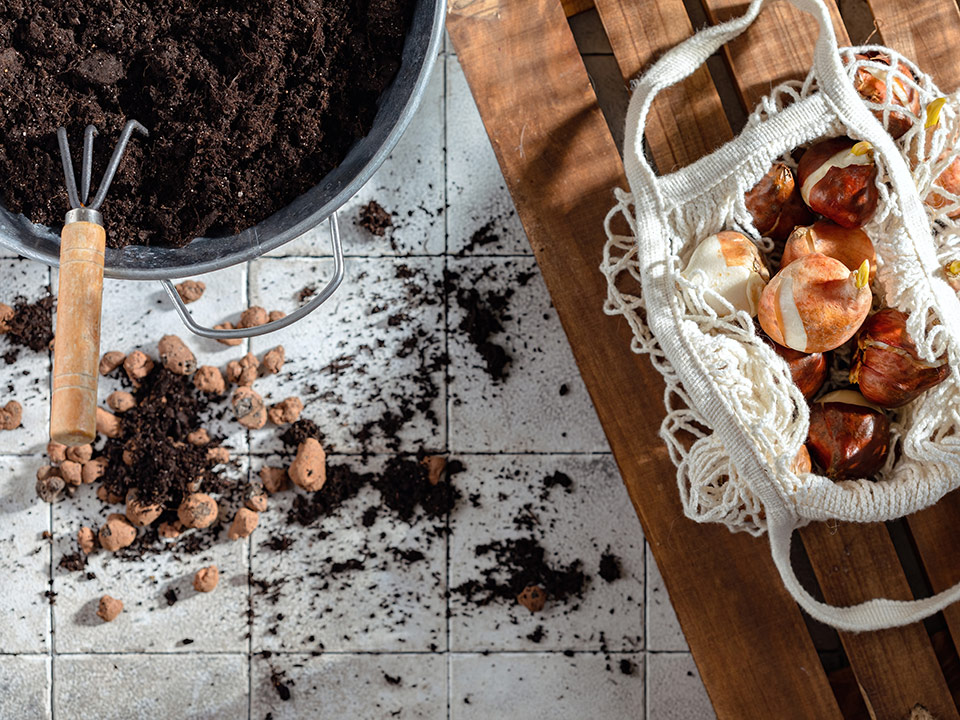
Key Differences
Bio-based plastics are made from renewable resources and can be recycled, reducing fossil fuel dependence. Biodegradable plastics, designed for decomposition, require composting infrastructure to break down properly. While bio-based plastics help lessen reliance on petroleum, biodegradable plastics address waste management challenges by offering an alternative to conventional plastic disposal.
Bio-based plastics are ideal for durable, recyclable items, while biodegradable plastics are better for single-use products in compostable settings. Together, they can reduce environmental harm caused by traditional plastics.A combination of bio-based and biodegradable plastics, supported by improved waste infrastructure and consumer awareness, can reduce plastic pollution and drive a more circular economy.
What Are Bioplastics?
Bioplastics, made from renewable sources like plants and algae, serve as sustainable alternatives to conventional…
Bio-Based vs. Biodegradable
Bio-based and biodegradable plastics differ in source and breakdown process, playing distinct roles in sustainability…
Bioplastics in Packaging
Bioplastics in packaging offer sustainable solutions for eco-friendly consumer goods, reducing environmental impact…
Circular Economy and Bioplastics
Circular economy and bioplastics emphasize integrating composting and recycling systems, enhancing sustainability, and…
